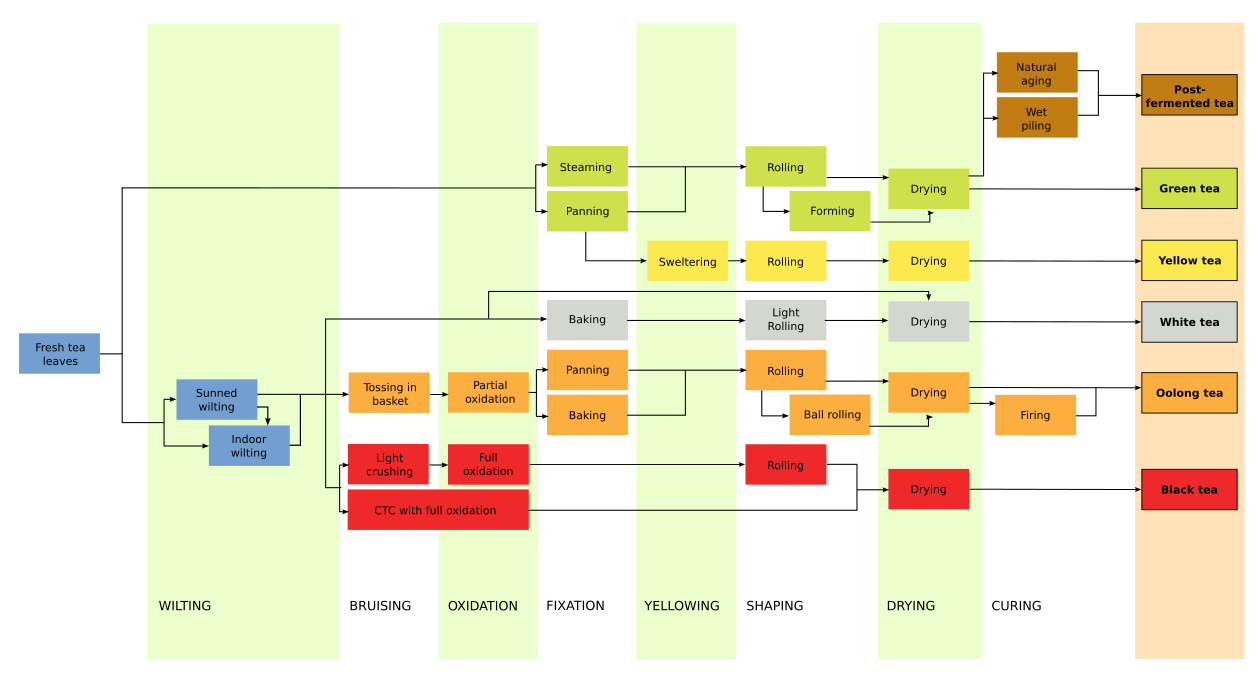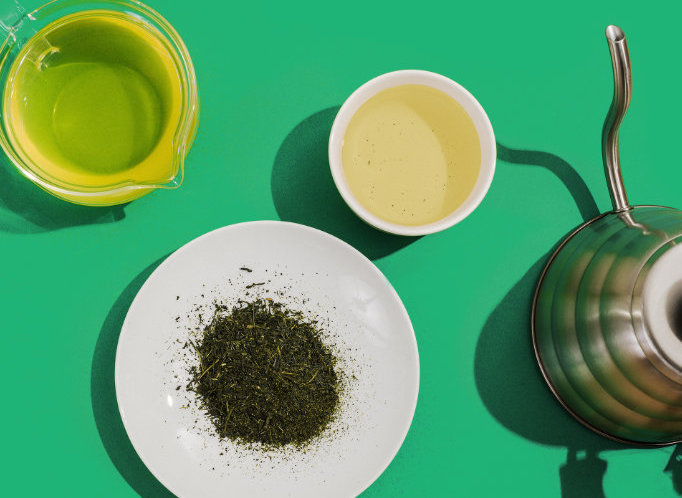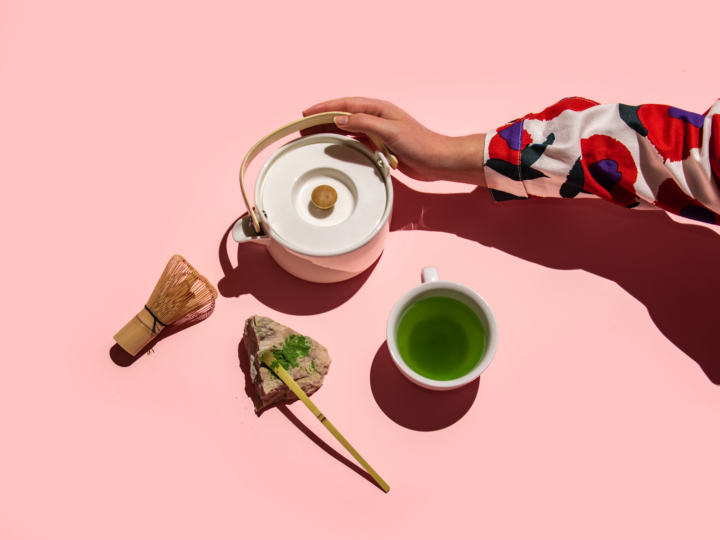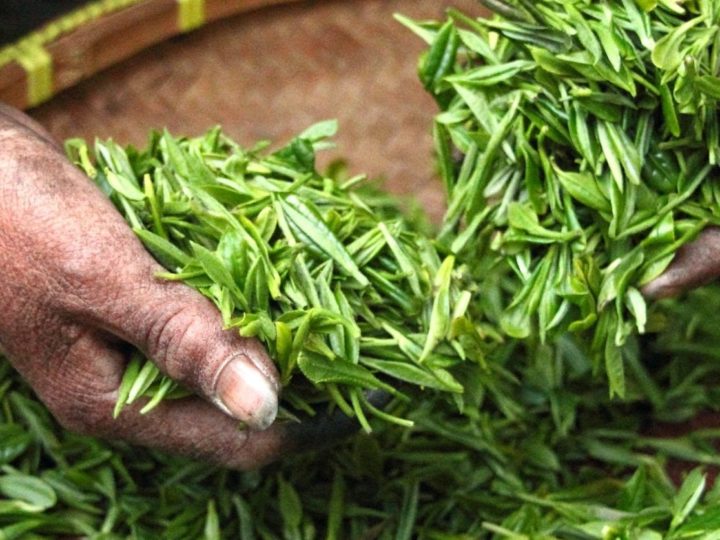Tea is an aromatic brewed beverage. Tea is made with the leaves of the tea plant, but herbal teas, yerba mate and rooibos are quite commonly also called tea.
Tea quality is affected by many different factors, of which age is one of the most important. The most prestigious teas are made with the young leaf buds from the crown of the bush, especially ones growing near where the flowers bloom. Depending on the preparation method, teas are divided into black, green, white and yellow teas among others. Tea varieties can be flavoured with fruits, flowers and berries.
The origin of Tea
A Chinese legend tells, that on a day in the year 2737 BCE the emperor Shennong was having a bowl of boiled water, due to a decree that water must be boiled before drinking. A few leaves flew into the tea, changing the colour and flavour of the drink. Shennong was positively surprised with the flavour of the brew and found it refreshing, giving birth to the tea drinking culture. There are multiple versions and legends on how tea was originally discovered.
Tea has most likely been originally used as a medicinal drink in the Yunnan county during the Shang dynasty. The first credible mention of tea is a medicinal text from a Chinese doctor, Hua Tuo, written in the 3rd century. Tea has been a valuable trade commodity for China during the years and in the 7th century, the Japanese and Koreans also started using tea. A text published by an Arabic merchant at the end of the 9th-century details tea and salt as the biggest trade commodities of the area currently known as Guangzhou.
Tea started spreading to Europe during the 16th century when the Portuguese priests and merchants got a chance to taste the drink during their visits to China. This started the spread of the beverage, with teas popularity exploding in Great Britain during the 17th century.
Tea farming
Tea farming and processing have multiple steps, even though not all of them are used every time since tea varieties are prepared in different ways.
The first step in tea farming is the planting of the tea, which is usually done by hand. In approximately three years, when the plant has matured enough, it is time to start picking the tea leaves. For high-quality tea, almost all the leaves are plucked by hand, because the optimal cut-off point is best recognized by the human eye. Machine plucking often breaks the leaf, and a machine is unable to differentiate between the softer leaves and the harder ones.
Some of the tea producing countries, like Kenya, don’t have a harvest season, but rather have the tea harvest around the year. The picking is done in the mornings and repeated every 5-10 days depending on the location of the plant. Other countries, like Japan, have a green tea harvest 3-5 times during the harvest season that ranges from April to September.
Tea processing
After plucking, the tea leaves are checked and transported to the processing factory. The leaves are spread on flat drying beds, where they are wilted for 12-24 hours with a warm and dry wind. This part of preparation is used in almost all of the different tea varieties, besides green and yellow tea.

Steps of tea processing (Wikipedia)
After drying, the tea leaf is rolled and oxidated. While rolling, the tea leaves are handled in a way that causes bruising. The bruising breaks down the structure of the leaf cells, which allows oxidation to start and the tea returns to its original size. After this, the tea leaves are moved to a humid space with large tables. The temperature and humidity of the room are carefully regulated for 1-3 hours. This enables the air and enzymes to create different flavours and colourants, making the leaves darker and changing the flavour, scent and colour of the tea. Oxidation is not performed for green, white or yellow tea.
After the oxidation (Or in the case of green, white and yellow tea, the rolling) the tea leaves are dried, removing almost all of the moisture. This makes the leaves very light and fragile. After this, the tea is sorted. The bigger leaves are used for loose leaf tea and the smallest tea dust is used for the cheapest blends and tea bags.
Get the SLURP coffee experience here Check out Slurp’s loose leaf tea selectionNewer
#104 Kahiwa Coffee Roasters: Colombia Finca Bolivar
Older
#103 Punainen Kirahvi: Timbio - Cauca
Comments (0)
Leave a reply
You must be logged in to post a comment.



